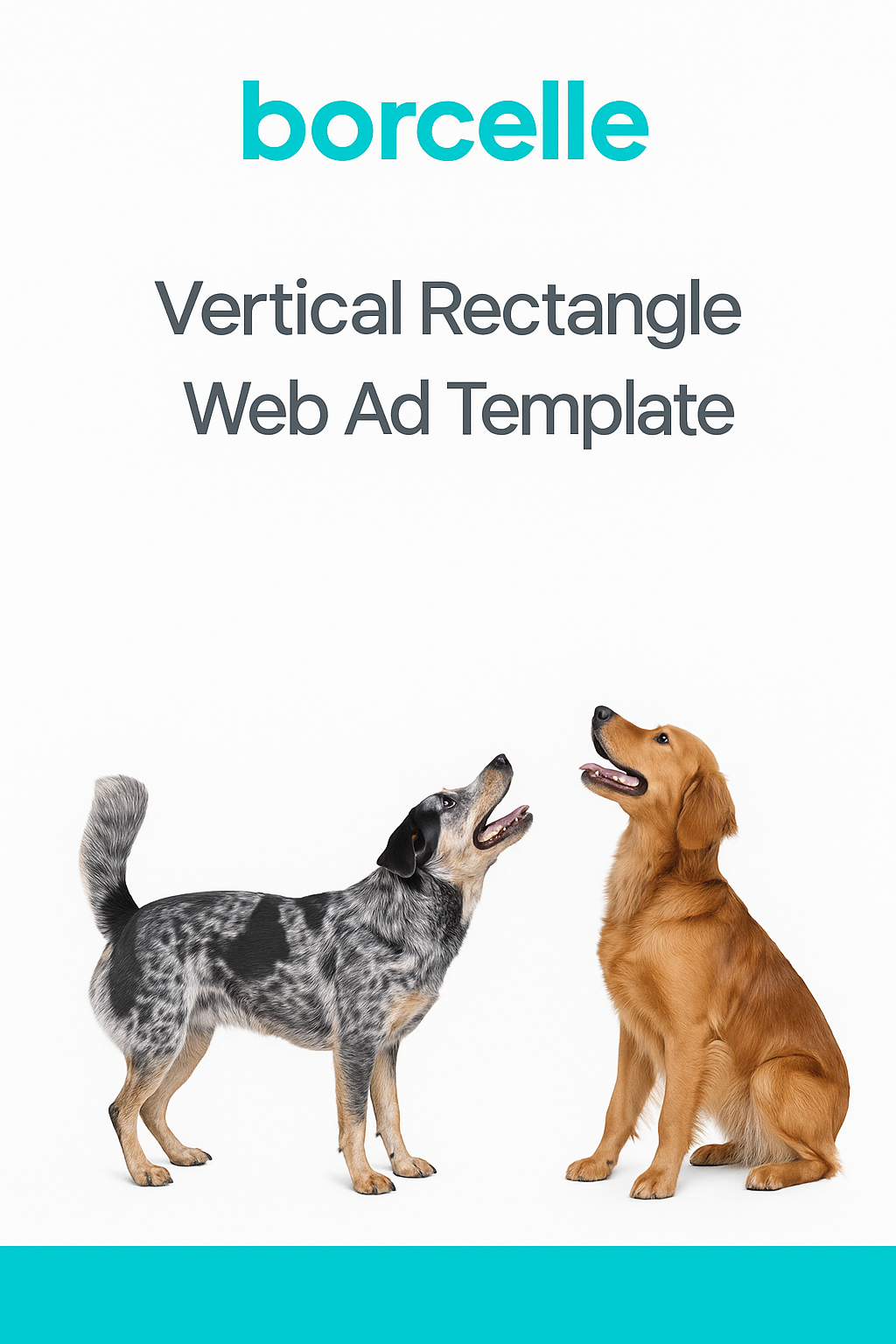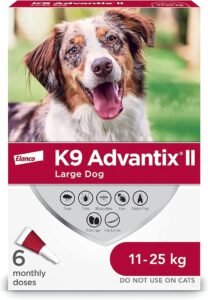Pet food manufacturers are required to follow certain rules when labeling their products. The Association of American Feed Control Officials (AAFCO) creates labeling requirements for animal feeds (including pet food); the Canadian Food Inspection Agency’s (CFIA) guide to labeling pet food is very similar.
Starting with one of the most important things to pet parents, the ingredient list!
Ingredients must be listed in descending order according to their weight in the formula. The first ingredient you see on the list is the one that accounts for the most weight in that product, whilst the last ingredient is the least by weight. Keep in mind that fresh meat and fish contain more water in them than a meat meal or dry grain, which means they are likely to be listed high up on the ingredient list due to the water content (this is especially important when looking at dry pet foods – ingredients farther down on the list may be contributing more protein but weigh less because they have less moisture). Ingredients must be listed individually, therefore terms like “grain products”, that could include more than one ingredient would need to be separated. Each ingredient must be listed by its AAFCO-established name (i.e. defined by AAFCO) or its common name. If meat is included in the product and the meat or its byproducts do not come from cattle, pigs, sheep or goats, the species must be declared on the ingredient list (i.e. venison).
Some definitions of different raw products included in pet food:
Meat: primarily muscle tissue from slaughtered mammals, but can also include fat, gristle and other tissues that normally accompany the muscle, similar to what you see in raw meat sold for people. Meat can include heart muscle, and the muscle that separates the heart and lungs from other organs. Does not include bone.
Meat byproducts: most animal parts besides the muscle tissue. Byproducts include lungs, spleen, kidneys, brain, liver, blood, bone, partially defatted low temperature fatty tissue, stomach, and intestines (without their contents). Does not include hair, horns, teeth, and hooves.
Meat meal: rendered product from slaughtered mammal’s tissues. Rendering is the process of heat and pressure to remove water and fat, leaving behind protein and minerals. “Meal” means the products are ground. Meat meal does not include blood, hair, hooves, horns, hide trimmings, manure, stomach or rumen contents except in such amounts that may be unavoidable with good processing practices.
Another important part of a pet food label to pet parents is the guaranteed analysis. The guaranteed analysis for pet food needs to list the following on an “as fed” basis*:
- Minimum percentage of crude protein
- Minimum percentage of crude fat
- Maximum percentage of crude fibre
- Maximum percentage of moisture
*”As fed” basis means the nutrient including the amount of water/ moisture in the food, i.e. how your pet is consuming the food. The guaranteed analysis does not focus on the quality or digestibility of the protein, fat, etc of the pet food, only the minimum and maximum percentages.
Crude refers to the analytical method that is used to determine protein, fat and fibre content. A label can also include other guarantees like ash, omega 3 fatty acids, taurine, etc. but these are not required to be present on the label. When these are present, you’ll see a disclaimer “Not recognized as an essential nutrient by the AAFCO Dog Food Nutrient Profiles”, because they are not required to be included in the guaranteed analysis.
Feeding guidelines or directions are also required to be on the labels of pet food. However, these guidelines are just that, guidelines. Individual pets can have different levels of activity, genetics and live in different environments. When looking at the feeding directions, this is definitely the best place to start, but may need to be modified depending on your pet.
Other pet food labeling terms you may come across:
Organic: Pet foods that claim to be organic must meet the USDA National Organic Programs ingredient, production and handling requirements. Manufacturers cannot use an organic logo on their product or say their product contains a certain percentage of organic ingredients, if the organic ingredients are less than 70%. If the product contains 70-95% organic ingredients, then the manufacturer must declare the percentage of organic ingredients in their product. If the product contains less than 70% organic ingredients, then the manufacturer can only list in the ingredient list which ingredients are organic.
Human-grade: A human-grade pet food should contain all ingredients that are safe for people to eat, the ingredients and the end product have been manufactured, packed, held and transported in accordance with the USDA and FDA regulations that apply to human foods.
Natural: natural is defined by AAFCO, and it is a feed or feed ingredient derived solely from plant, animal or mined sources. This ingredient can be unprocessed or can go through different processing procedures, but cannot be produced by or subject to chemically synthetic processes or contain additives that are chemically synthetic (vitamin ingredients, mineral ingredients, preservatives, food additives).
Main takeaways:
The ingredients are listed in descending order by weight.
The guaranteed analysis tells you the minimum amount of protein and fat and the maximum amount of fibre and moisture in the food.
Feeding guidelines may need to be adjusted according to your pet.
Differences between human and pet food labels: Many aspects of labeling are the same for pet and human foods (net weight, manufacturer’s name and address), but whilst human food labels have a “Nutrition Facts Box”, pet foods display a “Guaranteed Analysis”. A Nutrition Facts Box expresses nutrient content per serving, whilst a guaranteed analysis expresses nutrient content in percentages and has a separate calorie content statement.
Human foods do not contain directions on how much to consume like pet foods do, which makes sense as humans do not consume only one type of food per day, like pets can (i.e. pet foods are complete and balanced and contain all the nutrients they need whereas human foods don’t). Pet food labels could be changing soon with regulators wanting to modernize pet food labels and make them more similar to human foods (“Pet Nutrition Fact Box”), and possibly easier to read for pet parents.











